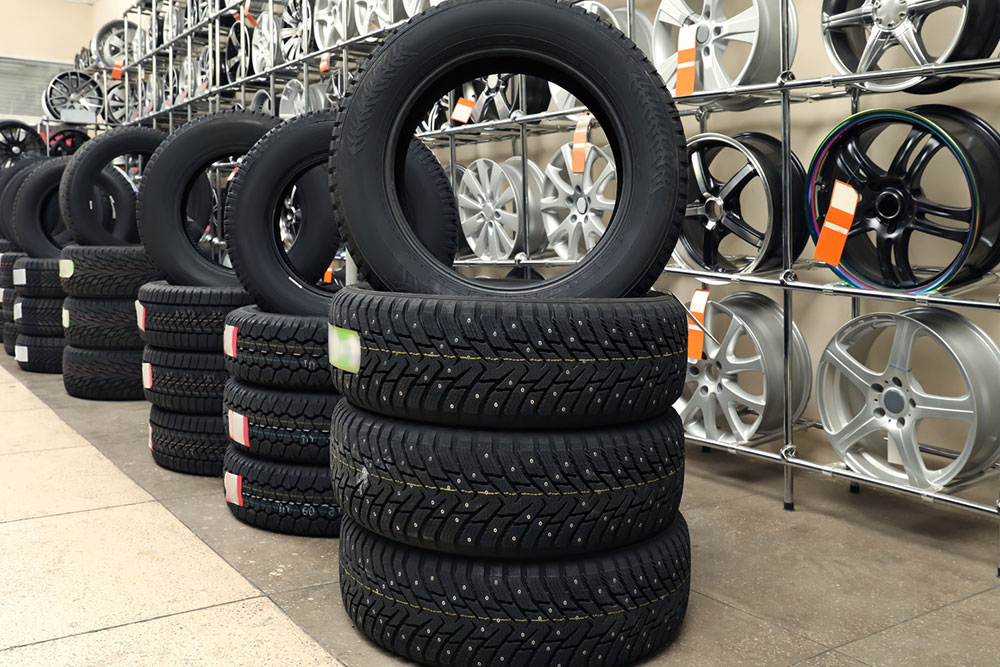6 common mistakes to avoid when buying a tire

Strong tires are a vehicle’s “driving” force. However, they usually need to be replaced at frequent intervals to prevent a bumpy ride. Buying premium quality tires is necessary to ensure they are durable and do not have to be changed very often. Also, such tires lend themselves to driving on all types of roads and terrains. Avoiding certain mistakes when shortlisting tires for a vehicle can help avoid potential problems.
Failing to check wheel size
Ignoring the wheel size is one of the biggest mistakes when buying a tire. If the tire’s size is wrong, it can reduce its longevity, and the vehicle owner may have to change tires more frequently than usual. Also, a tire of the right size ensures better grip, acceleration, and traction. So, one should always measure the size of the vehicle’s wheel accurately before buying a tire.
Compromising on quality for price
There are many tire manufacturers today, each selling tires of different types and price ranges. While it may be tempting to save a few dollars by buying a tire at a lower price, ignoring its quality can have long-term repercussions and eventually increase costs. For this reason, one should thoroughly research the different tire manufacturing brands in the market, the quality and durability of the tires they offer, and the prices of each and make an informed decision.
Not checking the numbers on the tire
The numbers engraved on a tire are more meaningful than they appear, so one should never ignore them when buying a tire. One may observe a three-digit number following the service prefix, which tells the buyer the tire’s cross-sectional width. This number is followed by a two-digit one, essentially the aspect ratio. For example, 225/70 means that the tire’s cross-sectional width is 225 mm, and the sidewall distance from the wheel rim to outside the tread is 70% of 225 mm. The higher the aspect ratio, the taller the sidewall, and vice versa.
Failing to consider one’s requirements
Another major mistake when buying tires is overlooking one’s requirements and driving patterns. For example, buying mud-terrain tires designed for uneven off-road terrains is the best bet if one frequently drives off-road. On the other hand, if one is unlikely to drive on such roads and uses the vehicle almost exclusively for local commutes, regular tires may suffice.
Overlooking warranty options
Although one may invest in premium-quality tires, one cannot rule out the possibility of tire wear and tear. So, it is important to check out the warranty period offered by a tire manufacturer before buying tires. Ideally, tires should have a mileage warranty that covers them for four to six years so that any damage during this period is financially compensated for.
Buying a tire when not required
Finally, changing tires frequently is a waste of money. If a vehicle’s tires are in good condition and ensure control, one should avoid changing them immediately. The key is to check the tires regularly and change only if visible damage occurs.







